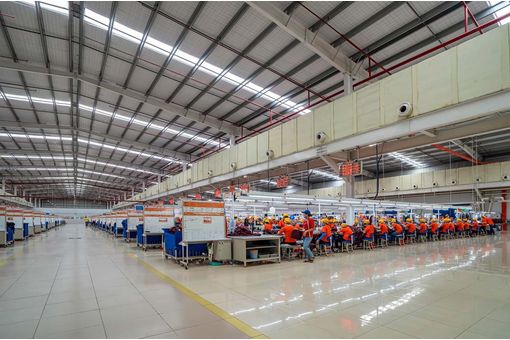SCA proposes restrictions on hazardous textile chemicals
The main objectives of the Government’s assignment were:
-To present a unified regulation at EU level to effectively target hazardous chemicals in textiles placed on the market in the EU – regardless of the origin of production of the textile products;
-To limit the content of hazardous chemicals in textile products intended for consumer use and, as a starting point, to target substances classified as CMR (carcinogenic, mutagenic and toxic to reproduction), endocrine-disrupting, environmentally hazardous, dangerous to the aquatic environment, and substances classified as respiratory and skin-sensitizing;
-To achieve a regulation that is implementable, enforceable and manageable for the concerned parties.
Hong Kong’s textile and clothing exporters may recall that EU Regulation 1007/2011 on textile fibre names and related labelling sets out provisions for the marking and labelling of all textile products which are made available on the EU market. It also introduces a novel provision requiring that non-textile parts of animal origin (e.g., leather) in textile products must contain particular wording on the label (for more details on this Regulation, see: Business Alert-EU, 4 Nov 2011).
After having assessed various regulatory options in view of the above-listed objectives, the Swedish Chemicals Agency concluded in its report that the best regulatory option is to expand EU Regulation 1007/2011 on textile fibre names and related labelling so as to also restrict the chemical content in textiles.
Of particular significance is the fact that the EU Regulation applies to all textile products, and should the Swedish call for introducing chemical restrictions into the Regulation be found acceptable by the European Commission, the effects on economic operators could be particularly far-ranging.
Other options that were considered included regulation through the existing REACH Regulation, the creation of a new textile-specific legislation based on CE-marking criteria, and the introduction of environmental taxes on clothes and textile products.
According to the Agency, an amendment to EU Regulation 1007/2011 would be the most beneficial solution. It would avoid the long and complicated process of creating new legislation. Instead, the current legislation can largely be kept intact while simply expanding the scope of products covered, and adding new provisions by means of which hazardous substances would no longer be allowed in textile products placed on the EU market.
The REACH Regulation, on the other hand (according to the Agency), is not primarily intended for regulation of chemical content in products which are not themselves chemical products and would involve a very labour intensive restrictions procedure.
- 1
- 2
































-Ltd..jpg?tr=w-120,h-60,c-at_max,cm-pad_resize,bg-ffffff)





.jpg?tr=w-120,h-60,c-at_max,cm-pad_resize,bg-ffffff)
.jpg?tr=w-120,h-60,c-at_max,cm-pad_resize,bg-ffffff)






